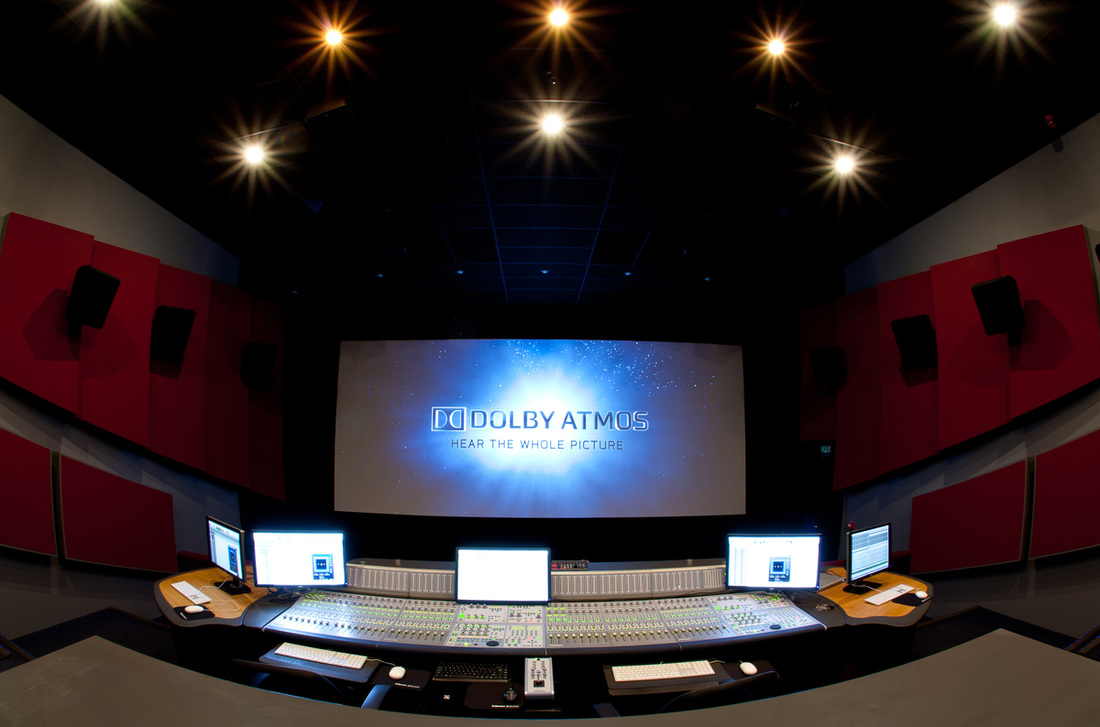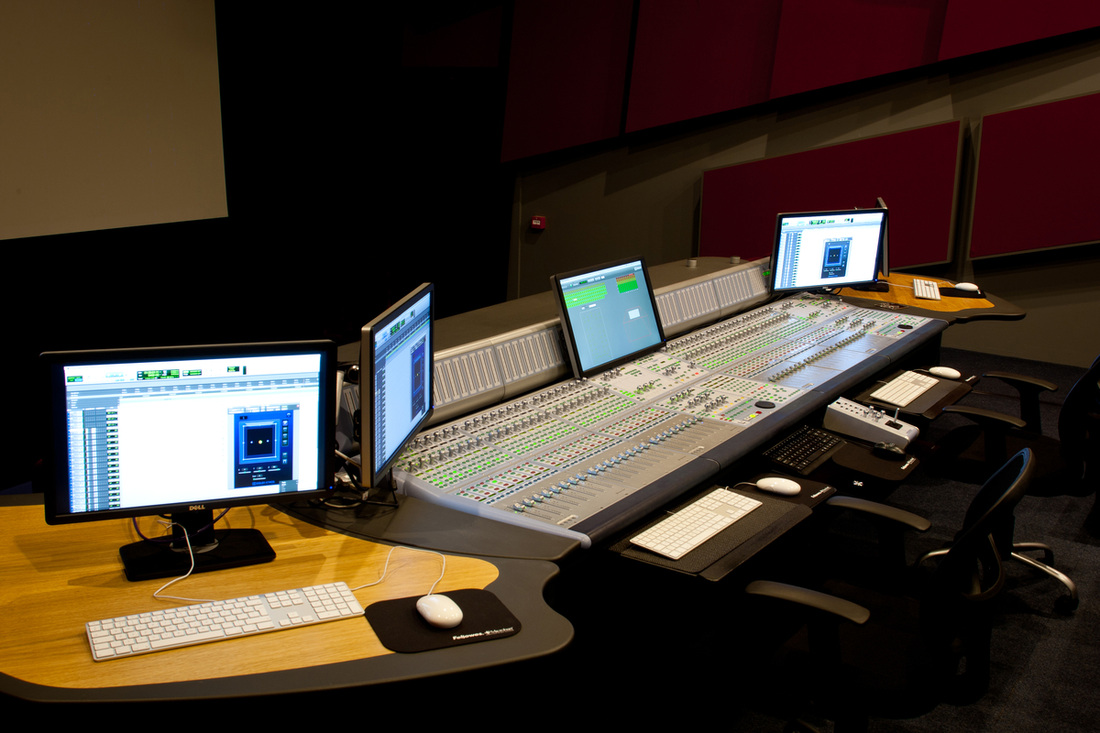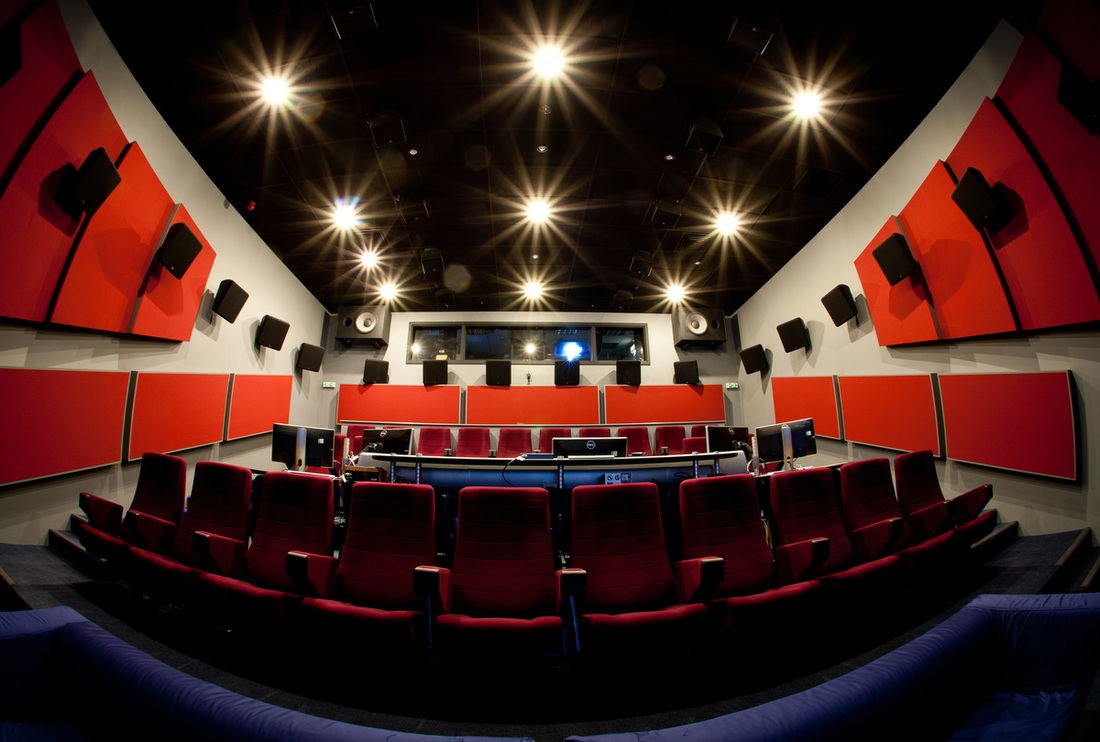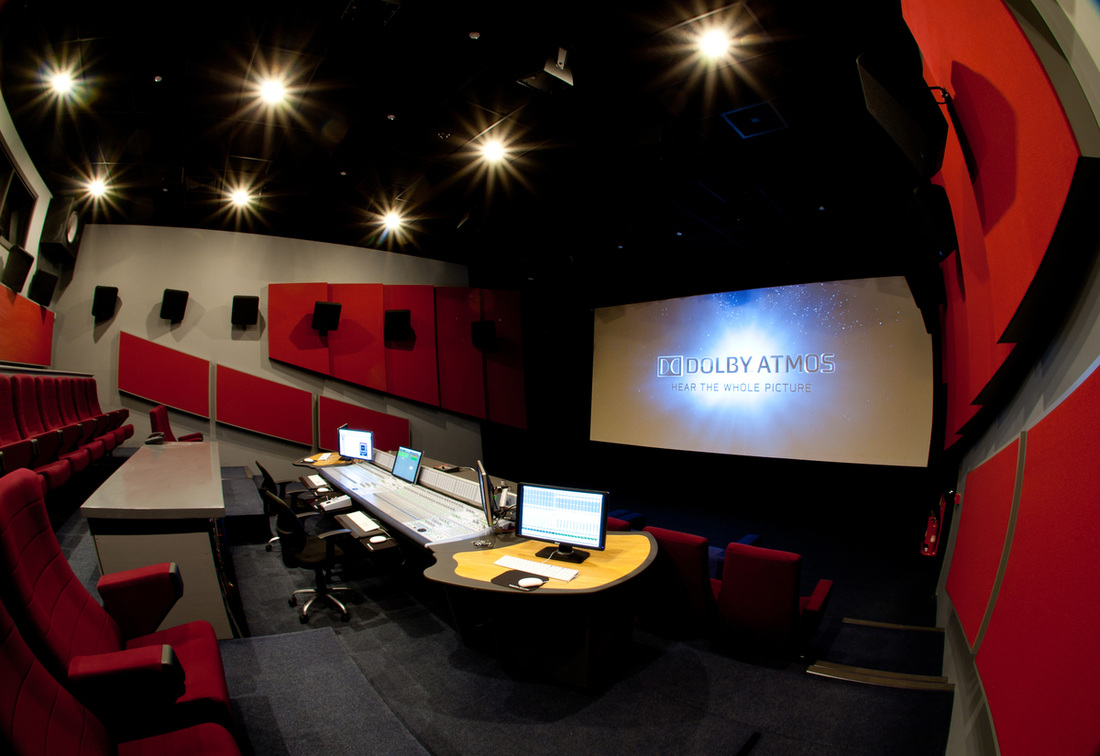Thanks to the crew at Dolby Atmos HQ in Soho, I was invited up to watch ‘The Idealist’ in their Dolby Atmos theatre. It was interesting watching a film in Dolby Atmos, which you wouldn’t necessarily equate with using sound in that particular way. For example, you’d expect Dolby Atmos to apply to movies like ‘ Edge of Tomorrow’, ‘Gravity’ or ‘The Avengers’, where the extensive surround speaker system could be fully utilised with explosions, space ships and the cyclone effect of spinning around in space.
However, the Danish ‘Idealisten’, or ‘The Idealist’ as it was released over here, was a slow paced, dialogue heavy, static shot piece with no special effects. How did it fair in Dolby Atmos? It was brilliant.
The soundscapes was thinner than with big action movies, so it was easier to work out and notice the subtle placements of the audio. The dialogue was clear and present, which other atmospheres and effects set specifically to where you experience them as if you were walking down the same street and were hearing those sounds with your own ears. You felt like you were amongst the atmospheres.
Where you really felt the effects of the Dolby Atmos system in its full glory, was the nuclear bomb footage which sounded incredible. That’s how a bomb should sound and feel at the cinema. The contrast between the soundscape of the bomb footage and the rest of the film, fitted in nicely with the theme – the outrageousness of the event made worse juxdiposed with the tranquillity of the Danish way of life.
What topped off the experience brilliantly was the subtle sequence at the end, where our protagonist is sitting in the government offices, contemplating the injustice of it all. Above him hangs a painting of Denmark, representing an older, more innocent time. The audio gradually grows – not of the room atmosphere, but of what we would hear should we be standing in the field featured in the painting - birdsong, country summer and a gentle breeze that gradually grows ands until it surrounds us. I don’t recall are more creative and effective use of Dolby Atmos to absolutely absorb you and enhance the poignancy of a particular scene.
In short, Dolby Atmos isn’t just for the big hitters - it works to enhance subtleties also.
However, the Danish ‘Idealisten’, or ‘The Idealist’ as it was released over here, was a slow paced, dialogue heavy, static shot piece with no special effects. How did it fair in Dolby Atmos? It was brilliant.
The soundscapes was thinner than with big action movies, so it was easier to work out and notice the subtle placements of the audio. The dialogue was clear and present, which other atmospheres and effects set specifically to where you experience them as if you were walking down the same street and were hearing those sounds with your own ears. You felt like you were amongst the atmospheres.
Where you really felt the effects of the Dolby Atmos system in its full glory, was the nuclear bomb footage which sounded incredible. That’s how a bomb should sound and feel at the cinema. The contrast between the soundscape of the bomb footage and the rest of the film, fitted in nicely with the theme – the outrageousness of the event made worse juxdiposed with the tranquillity of the Danish way of life.
What topped off the experience brilliantly was the subtle sequence at the end, where our protagonist is sitting in the government offices, contemplating the injustice of it all. Above him hangs a painting of Denmark, representing an older, more innocent time. The audio gradually grows – not of the room atmosphere, but of what we would hear should we be standing in the field featured in the painting - birdsong, country summer and a gentle breeze that gradually grows ands until it surrounds us. I don’t recall are more creative and effective use of Dolby Atmos to absolutely absorb you and enhance the poignancy of a particular scene.
In short, Dolby Atmos isn’t just for the big hitters - it works to enhance subtleties also.






 RSS Feed
RSS Feed
